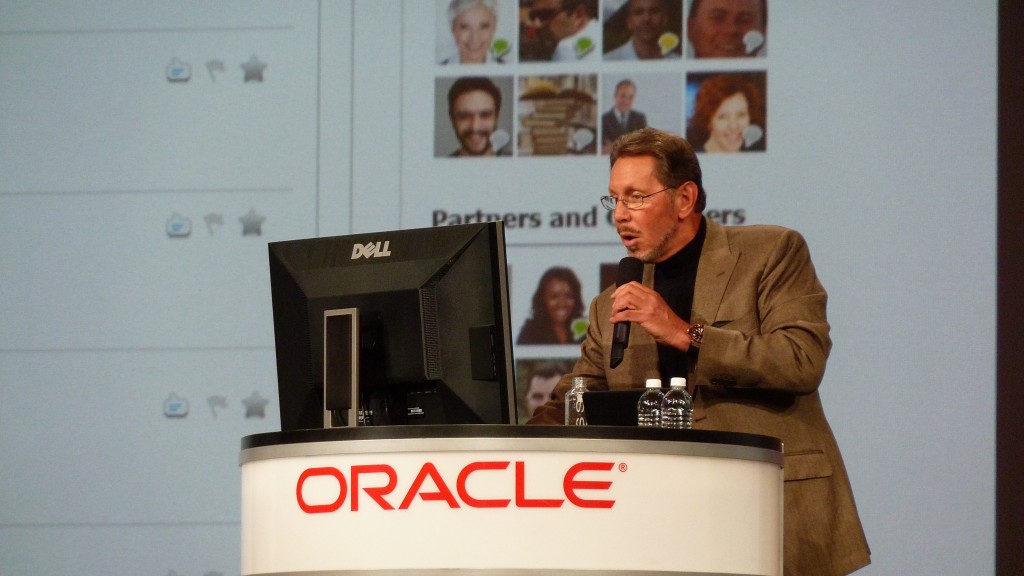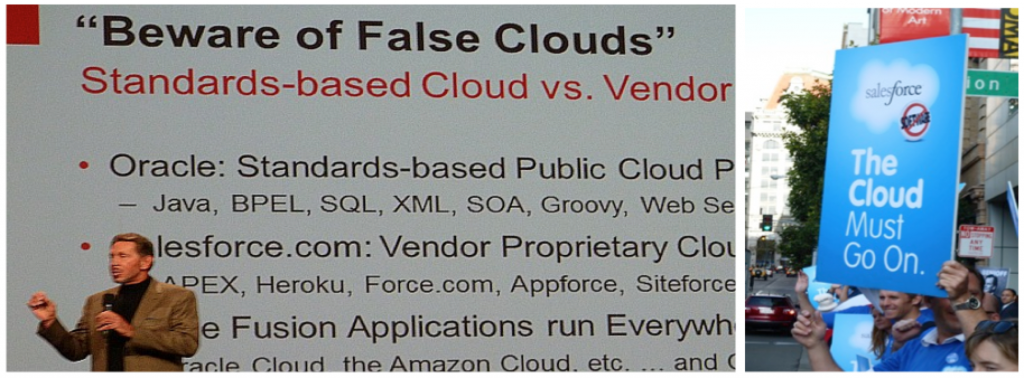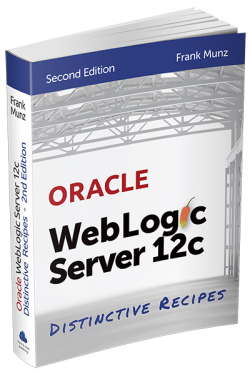Here is another addition to my DevOps tools series that is worth to know if you work with any kind of servers such as WebLogic, nginx or Apache httpd etc.
ngrok is a fun and very easy tool I use from time to time in demos or when running a training.
It opens a public tunnel (that of course can be protected) to connect to your local server. Really nice if you are in a different network than your audience, or hidden between a DSL router etc.
In the webcast below I show how to access WebLogic 12.2.1 running on localhost:7001
You read it here first 🙂
also check out the webcasts of the DevOps tools series about how to detect high CPU threads, or the usage of lsof.





 Oracle WebLogic Server 12c Book
Oracle WebLogic Server 12c Book Oracle Middleware and Cloud Computing Book
Oracle Middleware and Cloud Computing Book